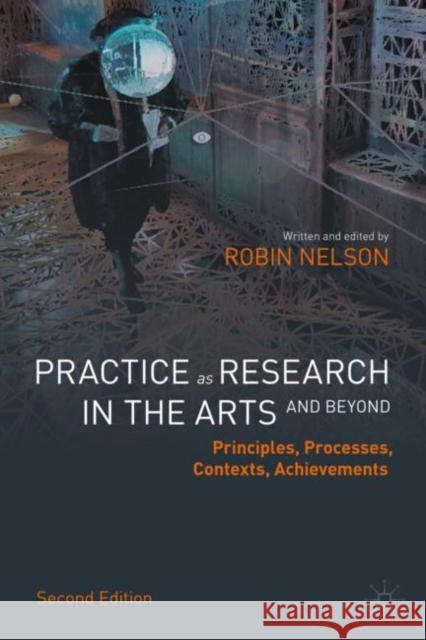Practice as Research in the Arts (and Beyond): Principles, Processes, Contexts, Achievements » książka
topmenu
Practice as Research in the Arts (and Beyond): Principles, Processes, Contexts, Achievements
ISBN-13: 9783030905415 / Angielski / Twarda / 2022
Practice as Research in the Arts (and Beyond): Principles, Processes, Contexts, Achievements
ISBN-13: 9783030905415 / Angielski / Twarda / 2022
cena 121,01
(netto: 115,25 VAT: 5%)
Najniższa cena z 30 dni: 115,63
(netto: 115,25 VAT: 5%)
Najniższa cena z 30 dni: 115,63
Termin realizacji zamówienia:
ok. 22 dni roboczych
Bez gwarancji dostawy przed świętami
ok. 22 dni roboczych
Bez gwarancji dostawy przed świętami
Darmowa dostawa!
Kategorie:
Kategorie BISAC:
Wydawca:
Springer Nature Switzerland AG
Język:
Angielski
ISBN-13:
9783030905415
Rok wydania:
2022
Wymiary:
23.5 x 15.5
Oprawa:
Twarda
Dodatkowe informacje:
Wydanie ilustrowane











